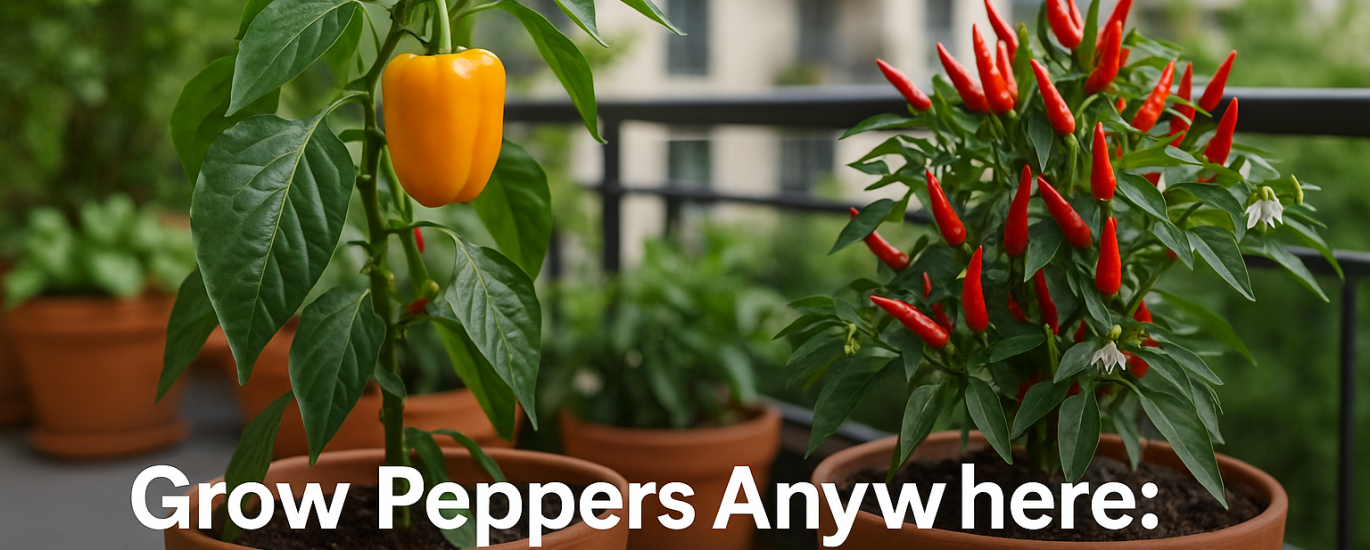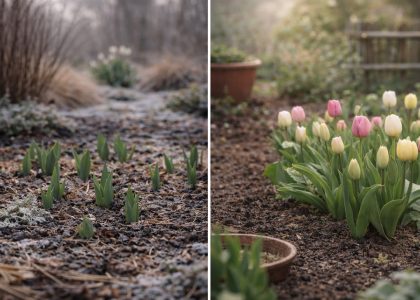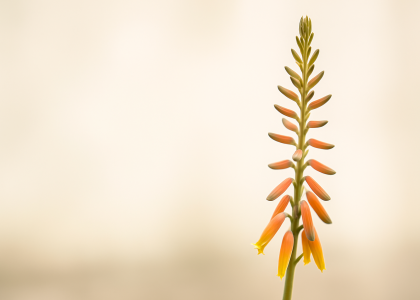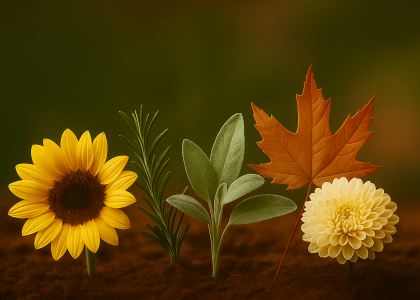Plant Snapshot
- Common Name: Peppers (Sweet & Hot)
- Botanical Name: Capsicum annuum, Capsicum chinense, Capsicum frutescens
- USDA Zones: 5–11 (grown as annuals in most regions)
- Best For: Containers, raised beds, urban balconies
- Growing Season: Late spring to early fall
- Harvest Time: 60–90 days after transplanting, depending on variety
Why Grow Peppers? Peppers are pure garden charisma—vibrant, flavorful, and surprisingly easy to grow, even in small spaces. Whether you're craving sweet bell peppers for your salad bowl or fiery cayennes for homemade chili powder, these versatile plants pack color, vitamins, and personality into every harvest.
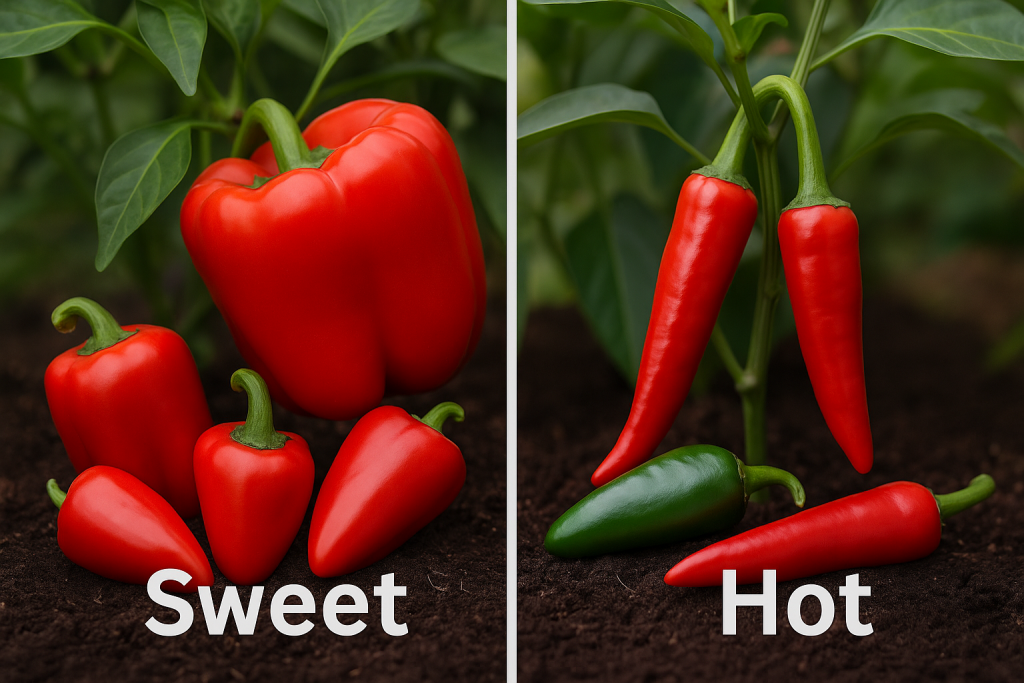
Sweet vs Spicy: Best Varieties for Beginners
- Sweet Bell Peppers (‘California Wonder’, ‘King of the North’): Crunchy, thick-walled fruits in red, orange, yellow, and green.
- Mini Bell Peppers: Compact plants with small, sweet, colorful fruits; perfect for containers.
- Banana Peppers: Mild, tangy, and great for pickling.
- Jalapeños: Easygoing heat, ideal for salsas and stuffing.
- Cayenne (‘Red Rocket’): Spicy, slender, and perfect for drying.
Want to compare quickly? Check out our upcoming Pepper Variety Visual Guide → [Coming Soon as Image]
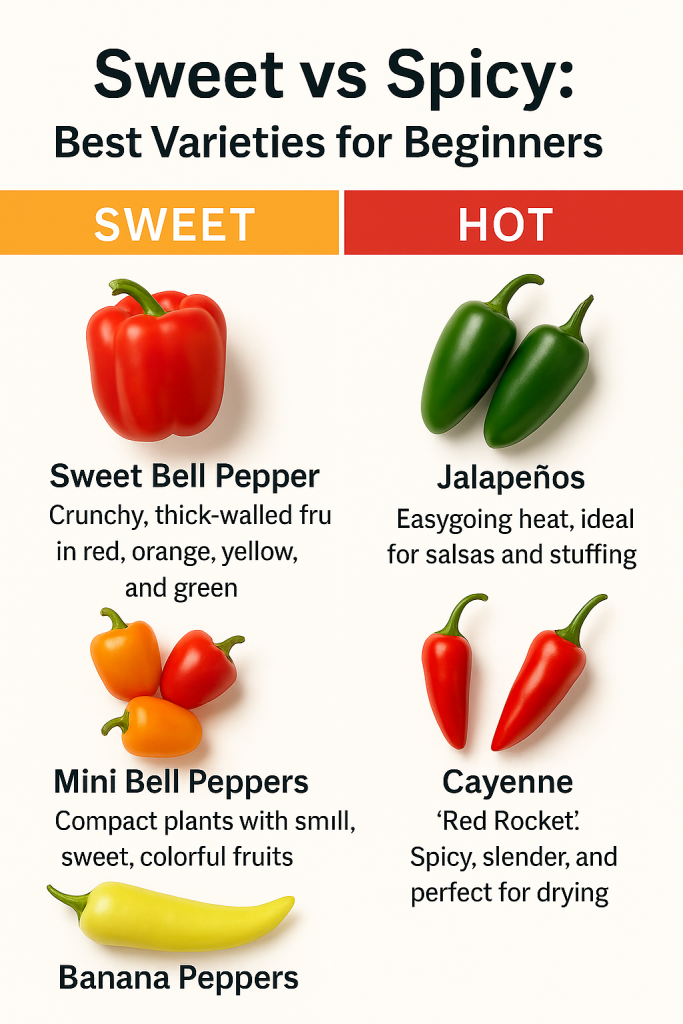
Maximize Sun, Maximize Flavor
- Peppers need 6–8 hours of direct sunlight daily.
- Ideal temps: 70–85°F (21–29°C) during the day.
- Protect from cool nights below 55°F (13°C) with row covers or indoor starts.
Container Gardening Made Simple
- Choose 3–5 gallon pots with drainage holes.
- Use light-colored pots in hot climates to reduce overheating.
- Stake early—especially for heavier varieties like bells and jalapeños.
Quick Tip 💡: For balconies, use felt grow bags lined against a south-facing wall to maximize warmth and save space!
The Soil & Feeding Formula
- Soil: Loose, well-drained, compost-rich.
- Fertilize: Every 2–3 weeks with a 5-10-10 blend.
- Avoid too much nitrogen—it’ll grow leaves, not fruit!
Watering Like a Pro
- Deep water once or twice weekly.
- Maintain consistent moisture—don’t let the soil fully dry out.
- Add mulch (like straw or dried leaves) to help retain moisture and suppress weeds.
Troubleshooting Common Pepper Problems
- Blossom End Rot? → Inconsistent watering or low calcium. Remedy: eggshell tea or calcium spray.
- Curling Leaves? → Check for aphids or sun stress. Spray neem oil or move container slightly.
- No Peppers? → Reduce nitrogen and make sure you’re getting enough sun.
When & How to Harvest
- Harvest when fully colored and slightly firm.
- Cut with clean scissors or pruning snips to avoid stem damage.
- Sweet peppers ripen from green to red/yellow/orange. Hot peppers often deepen to red or purple.
From Garden to Table: Easy Pepper Recipes
- Roasted Bell Peppers: Slice, drizzle with olive oil, roast at 400°F (200°C) for 20 minutes.
- Stuffed Mini Bells: Fill with cheese and herbs for a simple appetizer.
- Pickled Banana Peppers: Slice and soak in vinegar, sugar, and salt.
- Dry Cayenne: Hang upside down and grind into homemade chili flakes.
Companion Planting Partners
- Basil: Helps repel aphids and adds flavor nearby.
- Marigolds: Deter nematodes and add cheerful blooms.
- Carrots & Onions: Use space below ground efficiently.
Peppers are the perfect mix of productivity and personality. With just a bit of heat and love, you’ll enjoy a harvest as bright and bold as your favorite recipe. Start small, grow bold—and let your garden bring the spice!

